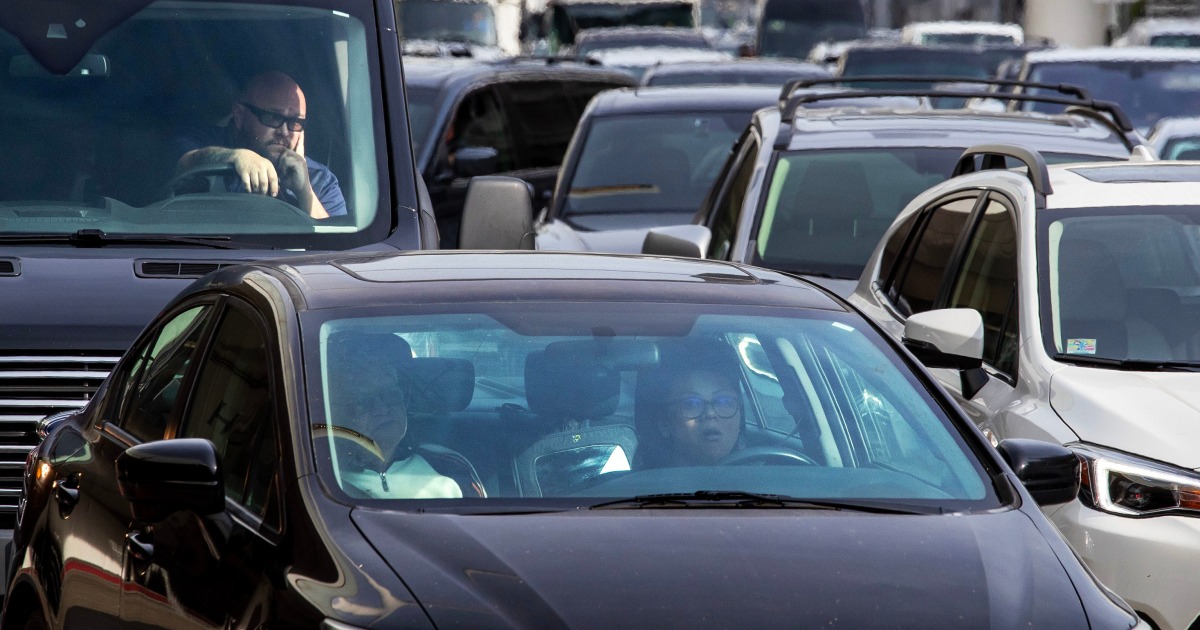The Environmental Protection Agency released Wednesday a couple of proposals to drastically reduce emissions from cars and stimulate the industry towards full electrification.
The first set of proposed standards would focus on emissions from passenger cars, vans and light trucks, while the second batch would apply to heavier-duty vocational vehicles such as delivery trucks, dump trucks and buses. The EPA estimates that, if finalized, the rules would lead to the electrification of two-thirds of new sedans and SUVs and 50% of heavier trucks by 2032.
Taken together, the EPA projects that the rules would reduce 10 billion tons of CO2 emissions through 2055.
«As the Intergovernmental Panel on Climate Change recently alerted us yet again, the stakes could not be higher,» EPA Administrator Michael Regan said on a call with reporters. “We must continue to act with haste and ambition to tackle the climate crisis and leave all our children, like my nine-year-old son Matthew, a healthier and safer world.”
Although the auto industry has had a trend toward electrification, the rules would drastically reshape production. S&P Global Mobility forecasts that US electric vehicle sales could top 40 percent of total passenger car sales by 2030. The new rules could require two-thirds of new passenger vehicles to be electrified in roughly the same period of time. time.
Asked how automakers could achieve the change needed to comply with the rules, an EPA official said analysts’ projections lag behind the «physical reality» they saw of private investment in the industry.
The officials added that the Bipartisan Infrastructure Act and the Inflation Reduction Act, which includes tax incentives of up to $7,500 for the purchase of electric vehicles made in the United States, had allowed for more ambitious proposals.
“What you see over the last two years, its sort of foregone conclusion, is that the leadership of President Biden has reshaped the trend lines,” Ali Zaidi, the White House national climate adviser, said on the call with reporters. .
Zaidi added: «This is a transformative time. And it’s a transformative time that benefits our children who trust us to make decisions so they can breathe cleaner air.»
The agency will accept public comments on the proposed rules before they are finalized next year. The rules would take effect starting with the 2027 model year.
The EPA said the new rules would reduce America’s dependence on foreign oil and save consumers money.
Biden, a self-proclaimed «car man,» has made electrification of the auto industry a cornerstone of his climate agenda. During his first year in office, Biden set a goal that at least 50 percent of new passenger cars and light trucks sold by 2030 be zero-emission vehicles, the White House said in a statement. Next year, it was proposed that 100 percent of all new medium- and heavy-duty vehicles sold by 2040 be zero-emission vehicles, with an interim sales target of 30 percent for these vehicles by 2030.
“Car and truck manufacturers have made it clear that the future of transportation is electric,” the White House statement said. «The market is moving.»

